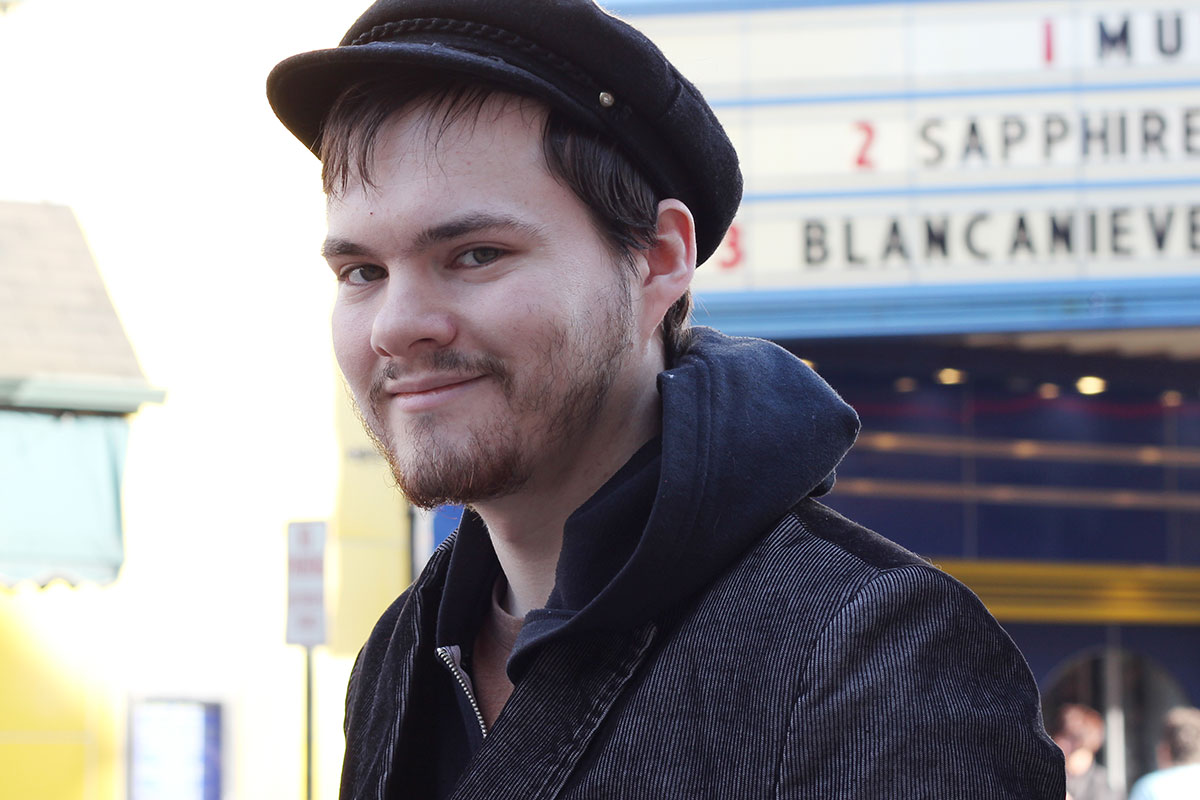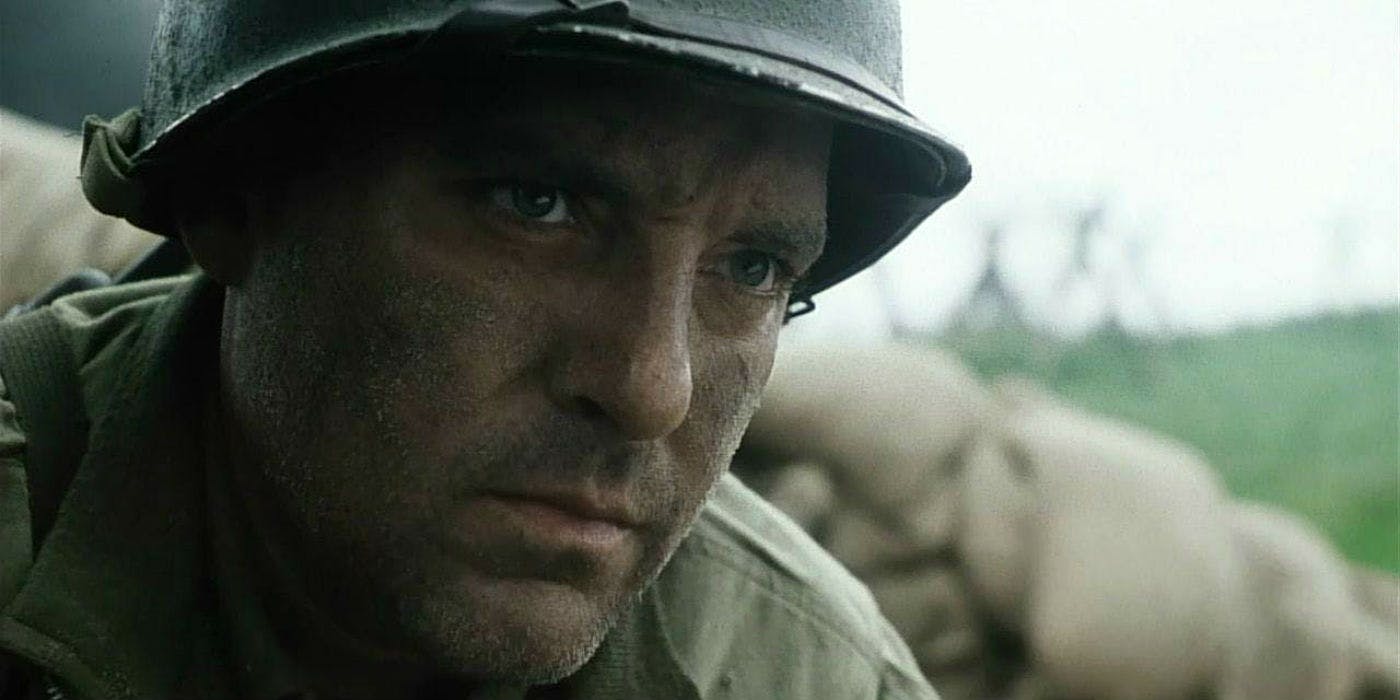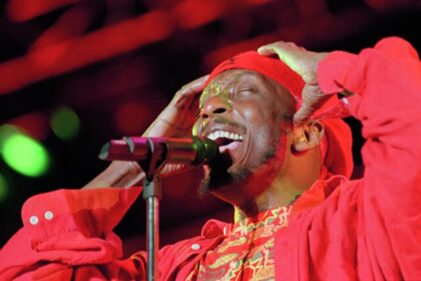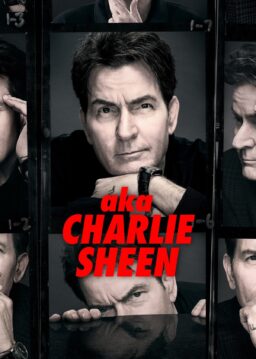“I was a nice boy from Detroit.” That was how Tom Sizemore described himself after he had become one of the most recognizable faces in the American cinema, a drug-haunted tabloid fixture, a public spectacle, equally famous and infamous. He was in some of the biggest movies of the last 30 years and then, in the blink of an eye, some of the smallest. He was a massive talent in a massive frame, a giant with sad eyes and the kind of live wire intensity that they don’t let leading men possess. He seemed like the real deal because he was. The man who played heavies, crooked cops, leg breaking thugs, hoodlums, big lost boys; he was one. His addictions made him into a monster, his failures made him violent, and eventually he ran out of second chances, working non-stop to stay busy in dreck. He was mighty, and he fell hard and far, and one of the great talents of the 1990s became a cautionary tale for the 21st century.
Sizemore got the acting bug young, when he saw “Beckett,” with Richard Burton and Peter O’Toole, and then a few years later, “Taxi Driver”. Robert DeNiro became his icon, the ideal to which he would forever aspire. Indeed, it can be useful to think of Sizemore as the culmination of the outsized nature of O’Toole’s Henry the 2nd, the lacerating interiority of Burton’s Becket, and the smoldering confusion and self-loathing of DeNiro’s Travis Bickle. He could be a terrifying enigma or a chummy menace, slapping you on the back just before the knife goes in. He would channel O’Toole as the villains of “Natural Born Killers” and “Strange Days,” Burton in “The Relic” and “Saving Private Ryan,” and DeNiro in “Heat,” which found him opposite the man himself. He never eclipsed his heroes and would always be a supporting player to great icons, holding down the rhythm section while soloists like DeNiro, Wesley Snipes, Robert Downey, Jr, Nicolas Cage, and Tom Hanks got the spotlight.
He graduated from Wayne State University with a theatre degree, then moved to Temple University to get his masters, and then he moved to LA to look for opportunities. Bit parts in movies, TV, and commercial gigs got him going, but it was only a matter of time before someone took notice of the magnetic Sizemore. Little parts in “Blue Steel” and “Born on the Fourth of July” were crucial to getting his foot in the door with the high profile directors of both films. Oliver Stone noticed Sizemore practicing a stunt in his wheelchair ten nights a week in the lead-up to a difficult shooting day and was impressed by his dedication. He didn’t want Stone to have to use a stunt double for him. Bigelow offered him a part in “Point Break,” which he almost declined because it wasn’t big enough, but he liked working with her so much he decided to do it uncredited. This is likely what endeared him to Bigelow, enough that when it came time to cast the mercurial second fiddle with a secret in “Strange Days,” Sizemore came to mind. It was during this early part of his career that he was introduced to cocaine. He saw successful actors doing hard drugs, people who had the kind of career he was chasing and thought, “If they were doing it so should I.” It introduced a bad pattern. He’d get sober to prepare for films and then get on set and see the beautiful people getting high and join in.
He kept getting bit parts in high profile movies that failed to live up to expectations, like Simon Wincer’s “Harley Davidson and the Marlboro Man” and John Milius’ “Flight of the Intruder,” when he was given the second lead in the now forgotten 1991 thriller “Where Sleeping Dogs Lie,” where he plays an unnerving muse for blocked writer Dylan McDermott. The movie is quite poor but Mcdermott and Sizemore both understand that a canvas is a canvas so they’d better paint. Sizemore’s stumbling, stuttering tenant is a great look into his mix of broader theatricality and camera-friendly subtlety. It’s a lovely performance in a movie that refuses to earn it. Everything from the way he puts a briefcase down to the uncomfortable smile he gets when thinking of his perverse past is brilliant, a great invention. He took a supporting turn in “Passenger 57,” once more as the sidekick, which did well at the box office, and as a hopeless romantic ghost in the box office flop “Heart and Souls,” where he met his friend Robert Downey, Jr, whose own struggles with addiction came to be a negative image of Sizemore’s. Downey Jr. would recover from his very public meltdown and return from rock bottom to become the biggest box office draw in the world. Sizemore’s friends would mostly stop returning his calls after his troubles became unavoidably public.

Supporting turns in a series of high profile genre pieces would continue to build up his resume. Tony Scott offered him the part that would be played by James Gandolfini in “True Romance” but the thought of beating Patricia Arquette half to death on camera made him nervous, so he declined it. He asked for the part of the detective who works with Chris Penn, and Scott, ever the improviser, allowed the two actors to have the run of their scenes. The two are unforgettable scene partners. He haunts Bruce Willis in Rowdy Harrington’s “Striking Distance” played Bat Masterson in Lawrence Kasdan’s “Wyatt Earp,” and then came the real break throughs. His psychotic Jack Scagnetti in Oliver Stone’s “Natural Born Killers” is a highlight of the caffeinated nightmare. He lobbied hard for the role, which was given first to his friend Michael Madsen. Stone fired Madsen after just a few days of shooting and hired Sizemore to play the heel of the film when he pitched him a monologue in a parking lot. He torments Juliette Lewis until you all but pray for the murderers at the center to give him his comeuppance. He and Lewis embarked on an on-again-off-again relationship that lasted through the entirety of the “Strange Days” shoot, which once more saw Sizemore playing a crazy with a secret. He brought even more of an edge to his gun-toting fixer in Carl Franklin’s marvelous Neo-noir “Devil in a Blue Dress,” but all of this work was about to get put in the rearview.
In 1995, Michael Mann’s “Heat” reintroduced the public to Tom Sizemore. The jovial tough guy image of the past five years was erased as if from a chalk board. His Michael Cheritto may not be the character people talk about when they talk about Heat, but his is the heart of the movie, the heart beating too fast beneath a calm demeanor. The one who feels most like he belongs in this ice cold world of murderous criminals and obsessed cops. He scares off bystanders with a look, quiets trigger happy lunatics with a word, and in general carries with him a real underworld heft. You believe him. More than DeNiro, more than Pacino, more than Val Kilmer, you buy that this guy could hurt you. After this performance Sizemore would never have had to prove his bonafides again were it not for his personal life. He was rewarded with the lead in the marvelous and underrated “The Relic,” in which his lovably bulky visage is put to good use humanizing the superstitious detective tracking a monster in the sewers beneath the Chicago Natural History Museum. His romance with Penelope Ann Miller is one of the highlights of his career. Their chemistry hints at a road not taken, of a life playing over-the-hill lovers and caring fathers. The trouble was he was just too good at playing unhinged.

Tony Scott brought him back for “Enemy of the State” as a perfidious mob boss that Will Smith is only too happy to take for a ride. He played real life mob boss John Gotti in the made-for-tv “Witness to the Mob” and then came the part that would define his career for the next several years. Steven Spielberg hired him to play the avuncular Sergeant Horvath in “Saving Private Ryan,” his most high profile movie to date. Spielberg’s obvious technical prowess and Sizemore’s natural, gruff charm anchors the more maudlin parts of the movie. His humanity cannot be subsumed by Spielberg at his most aggressively populist, and he nearly rescues the film from itself. His every line read is memorable, from his giggling remembrance of private Vecchio to his dying sarcastic utterance “I just got the wind knocked out of me…” He’d play this same part throughout his career in movies plainly greenly off the strength of “Private Ryan”’s box office and awards count, in Ridley Scott’s similarly impressive “Black Hawk Down,” Michael Bay’s “Pearl Harbor,” and later in the films of his old friends Don Michael Paul (“Company of Heroes”) and Mario Van Peebles (“USS Indianapolis: Men of Courage”). In 1999 he played the spectacularly deranged paramedic Tom Wolls in Martin Scorsese’s “Bringing out the Dead,” and though the casting relied on his baggage as a crazy eyed tough, he nevertheless breaks through the surface and finds true darkness in the man. The third act of the film is unthinkable without him, and though the film still doesn’t have much of a reputation it’s one of Scorsese’s best movies.
High profile movies led him to one of his best roles on the series “Robbery Homicide Division,” produced by his “Heat” director Michael Mann. The show gave Sizemore a chance to spread his wings dramatically, playing the top cop in the LA police department overseeing a squad of great characters actors like Barry Shabaka Henley and Michael Paul Chan. He does some of his best and most free work in the series. In the episode “Life is Dust,” he romances a gun moll played by Marie Matiko, and seeing him handle the demands of a cop in too deep and a man in love was uncommon territory. Sizemore is magnificent. Tragically though perhaps inevitably, this is when everything fell apart. Though his career was riding high, Sizemore’s personal life began unraveling. He was divorced and then embroiled in a chaotic relationship with Heidi Fleiss, who had him arrested for battery. His addictions became unmanageable, and the phone stopped ringing. He did a few months hard time, later complaining of beatings inside. He would write Shakespeare dialogue from memory to stay sane and list his movie credits to remind himself he wasn’t worthless, that he was still alive, that he was someone people would remember. “No man speak, let’s talk of graves.” He told this to Larry King as he was promoting his appearance on celebrity rehab, which once more made a public showing of Sizemore’s troubled life. Tabloid style coverage of his atrocious behavior on set and to the women in his life dogged him all through the years after his release from prison. Every time he seemed like he might pull the reins a new story of his on set behavior would surface and set him back.
When he resurfaced and needed to work it was frequently in bargain basement schlock, like the unfortunate Christian potboiler “The Genius Club,” the kind of name that begs for mockery. Sizemore plays the villain, a man challenging world’s smartest man Stephen Baldwin (…) to a game of playground riddles. Embarrassing stuff that’s made all the worse by the fact that Sizemore, ever the professional, really acts his way through the cheap mess. It presaged some of the more exhausting films he would headline later, from the horror western “Night of the Tommyknockers” to the shark attack movie “Megaladon Rising” to the absurd vanity project “Black Wake.” It would be quite the depressing task to sift through the good performances Sizemore gave in direct-to-video cheapies (he acted in 30 movies still yet to be released). The Jack Ketchum adaptation “Red” showed he could still deliver when surrounded with professionals (he and Brian Cox make great foils) but the wear of his lifestyle was now visible on his face. If the good movie offers all but dried up, he had better luck on television. Guest spots on “It’s Always Sunny in Philadelphia,” “Law & Order: SVU” and “CSI: Miami” proved to a larger audience that he hadn’t lost his sense of humor or his talent. The best work he did in the final act of his career was on the TV shows “Red Road,” in which he plays a lowlife drug dealer and dreadful mentor to his son, played by Jason Momoa, and David Lynch’s third season of “Twin Peaks,” in which he plays a man comically outfoxed by the brain dead version of Kyle MacLachlan’s Dale Cooper, Dougie Jones. His horrified reaction to Jones ping ponging like Mr. Magoo through life towards success are a series highlight.

Neither of these turns, however, was enough to resuscitate his career or endear him to the people who felt betrayed by his behavior. Michael Mann, heartbroken over the cancelation of “Robbery Homicide” (and who indeed recycled its best ideas for his “Miami Vice” movie a few years later), never trusted Sizemore again, and Sizemore’s confessions about losing Mann as a friend are heartbreaking. Part of the trouble of loving actors is that they know something the rest of us don’t. They know what it’s like to be loved and admired by both strangers and their millionaire peers. They become the closest thing we have to gods. And gods don’t ever think there will be consequences. Add drugs, which don’t disabuse you of god-like sensation, and you’re looking at people who cannot imagine the ride will end, no matter what terrible things they do to other people. It is all too possible to forget that you, too, are human.
It is no exaggeration to say Tom Sizemore had the familiarity of a family friend when I was young. My and my father’s VHS collection was replete with his work and repeat viewings of “Heat,” “The Relic,” “Private Ryan,” “Red Planet,” “Black Hawk Down,” were as much a staple of my youth as kickball games and running after the ice cream truck. You want to be able to simply pay homage to the work of a man who you cannot remember not admiring, an artist who, at his best, defined American movies. But people aren’t simple, artists least of all. They break your heart, they abuse their power, they make you forget how talented they can be. It was a shame to see Sizemore succumb to his demons. It was a tragedy when he had the stroke that wound up killing him. It is dreadful that we’ll never see a new Tom Sizemore performance in a movie worthy of his talent. And it is one of the everyday disappointments of life in the 21st century that losing a great actor can’t be as simple as grieving a nice boy from Detroit.












